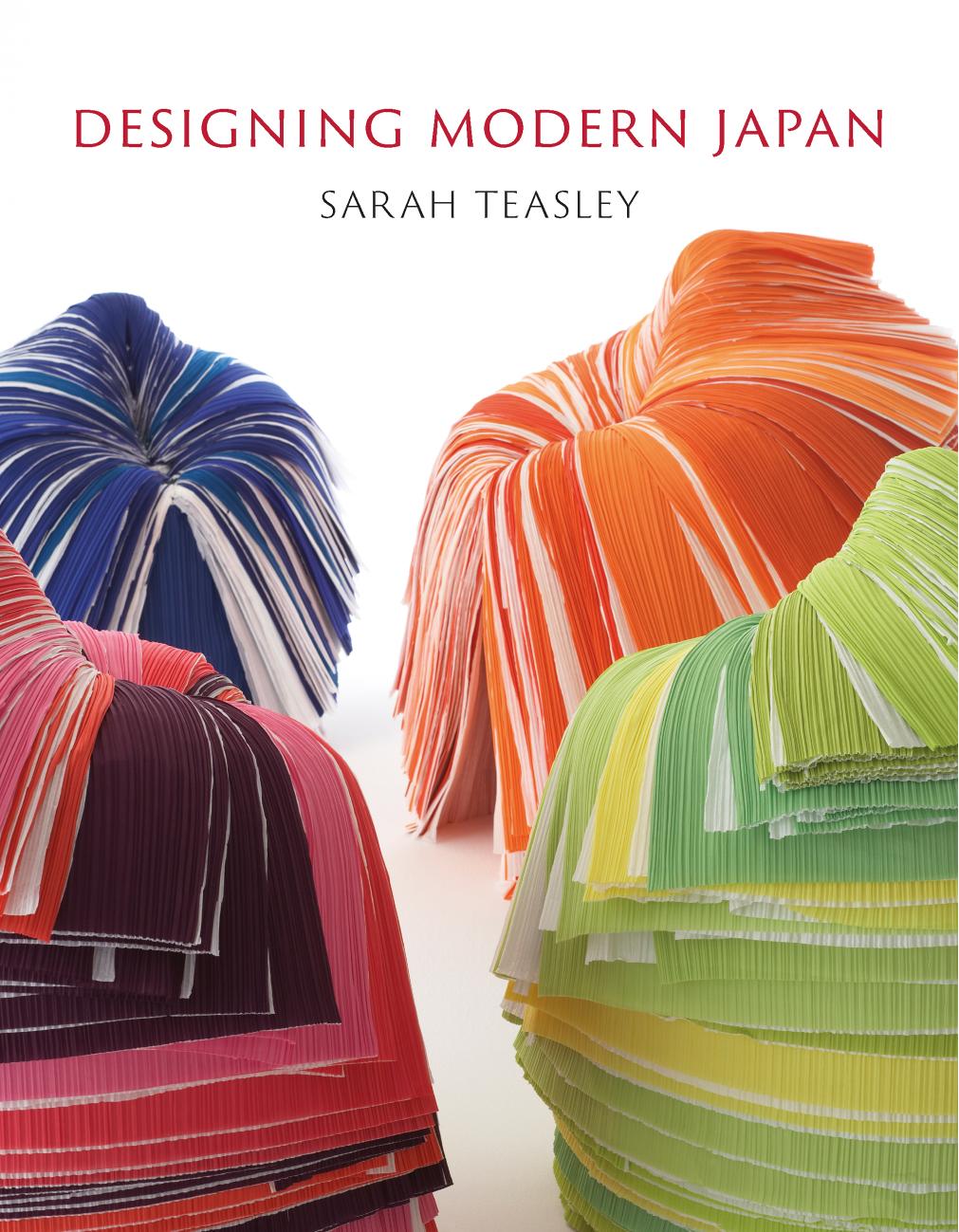Designing Modern Japan by Sarah Teasley

Author:Sarah Teasley
Language: eng
Format: epub, pdf
Publisher: Reaktion Books
Kuwasawa YÅko teaching Western-style lingerie construction at the Kuwasawa Design School, 1955.
It is telling that the list of Mainichi award winners in commercial and industrial categories contains many designers well known today, outside as well as within Japan. Also telling is that by 1955, women were placing in the awards but few of these women appear further, prominently, in the historical record. As if to underline why this was, commentary on the achievements of female award-winners foregrounded their gender, while those of the male award-winners did not. One commentary on the 1956 competition connected the number of women winning prizes with the clear success of industrial designâs popularization among the general public, and described an entry by two female designers, a camera, as possessing a âfeminine senseâ.114 At the same time, publicly circulated rosters of industrial designers available for contracts included no women.115 Societal expectations that women would marry and stop working after marriage to have children and manage the household ended most careers before women achieved senior positions, let alone their own offices, and shaped womenâs experiences of professional design.
For male designers as well, experience was not equal. Class and family wealth often determined whether young men could access university design courses or join corporate design teams. Young men from poor backgrounds apprenticed or studied design at vocational high schools before going into work locally. Graphic designer Kimura Tsunehisa (1928â2008), for example, worked as a sign painter in a black market in Osaka for three years, between the ages of eighteen and 21, before apprenticing to an established designer.116 Networks and geography shaped university-educated designersâ experience and opportunities, with work clustering around the cities home to large manufacturers, department stores and AD agencies: Tokyo, Osaka and, to a lesser degree, Aichi prefecture, with its automotive and ceramics sectors. Where designers chose to work was driven partly by family and familiarity. In 1956, Geidai reported that its graduates received âmany passionate requestsâ from firms in Osaka and Aichi who wished to recruit them but noted that almost no graduates accepted these offers.117 The reportâs analysis of graduatesâ geographical destinations commented that graduates preferred to remain in Tokyo as the centre of design activity. Tellingly, however, it also noted that continuing food and housing shortages and household financial precarity meant that most Geidai applicants were already Tokyo residents and wanted to stay there. Whether as students or as professionals, many designers starting out had to stay where they were, whether that was Tokyo, Osaka or a regional city.
Local industry continued to shape design education in each place, as design areas seeded and developed in response to industry and consumer demands. In graphic design, Osaka and Tokyo continued to house two largely separate design communities, each responding to different local needs. Designers often suggested that the two citiesâ different client bases â commerce and industry in Osaka, government and trade in Tokyo â had created strikingly different visual styles. Osaka-born designer KÅno Takashi commented in 1952:
Download
This site does not store any files on its server. We only index and link to content provided by other sites. Please contact the content providers to delete copyright contents if any and email us, we'll remove relevant links or contents immediately.
Technical Art History by Jehane Ragai(234)
The Slavic Myths by Noah Charney(199)
Drawing Landscapes by Barrington Barber(181)
Simply Artificial Intelligence by Dorling Kindersley(170)
Compacts and Cosmetics by Madeleine Marsh(168)
Drawing for the Soul by Zoë Ingram(161)
The Art of Painting Sea Life in Watercolor by Maury Aaseng Hailey E. Herrera Louise De Masi and Ronald Pratt(153)
The Art of Portrait Drawing by Cuong i(150)
Preparing Dinosaurs by Wylie Caitlin Donahue;(142)
Egyptian art by Jean Capart(139)
A text-book of the history of painting by Van Dyke John Charles 1856-1932(132)
Pollak's Arm by Hans von Trotha(127)
Winslow Homer by Shibutani Baku(125)
Botanical Illustration by Valerie Price(112)
Through Japan with Brush & Ink by Chiura Obata(112)
Culture and Ideology under the Seleukids by Eva Anagnostou-Laoutides Stefan Pfeiffer(111)
Pornoterrorism: De-Aestheticising Power by Louis Armand Jaromir Lelek(108)
The Fashionable Mind by Kennedy Fraser(105)
Jane Evans. Chinese Brush Painting. A Complete Course in Traditional and Modern Techniques by Unknown(100)
